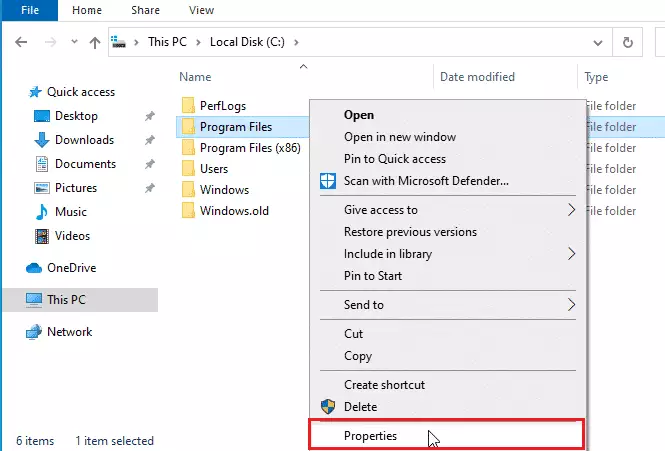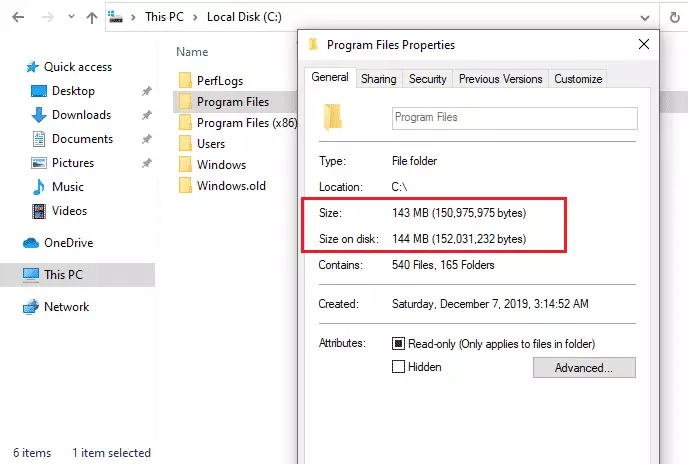This brief tutorial shows students and new users how to check a folder size when using Windows 10.
Finding the size of a folder in Windows can be helpful in various situations. For example, if you’re running low on disk space, you may want to identify large folders to see if you can free up some space by deleting unnecessary files.
Additionally, if you’re transferring files to a new location, you may want to check the folder size to ensure it will fit on the destination drive. Knowing how to check folder sizes can also be useful for organizing your files and folders more efficiently.
To get started with viewing folder sizes in Windows 10, follow the steps below:
File Explorer
File Explorer in Windows is the folder icon at the bottom of your screen on the taskbar.
To open File Explorer, select its icon on the taskbar or the Start menu or press the Windows logo key + E on your keyboard.
Next, right-click on the folder you want to view its size and click “Properties” in the context menu.

This will display folder properties dialog showing folder size in the “Size” and “Size on disk” display fields.

This also gives you details like when the folder was created, files and other sub-folders within the folder, count and folder attributes (like hidden and read-only), and more.
Mouse hover
Another way to view folder size is to hover your mouse over the folder in File Explorer to display a hover-over tooltip with folder size.

There might be other ways to view folder sizes in Windows. However, the two methods above will come in handy when you want to get the size of a folder quickly.
Conclusion:
In summary, checking the size of a folder in Windows 10 can enhance your file management experience. Here are the key points to remember:
- Ease of Access: Using File Explorer and folder properties is a straightforward method to check folder sizes.
- Space Management: Identifying large folders can help free up disk space by removing unnecessary files.
- File Transfers: Knowing folder sizes ensures that files will fit on the destination drive when transferring or backing up.
- Organizational Efficiency: Understanding folder sizes aids in organizing your files and maintaining a clean, accessible file structure.
By utilizing these methods, you can manage your files more effectively in Windows 10.

Leave a Reply